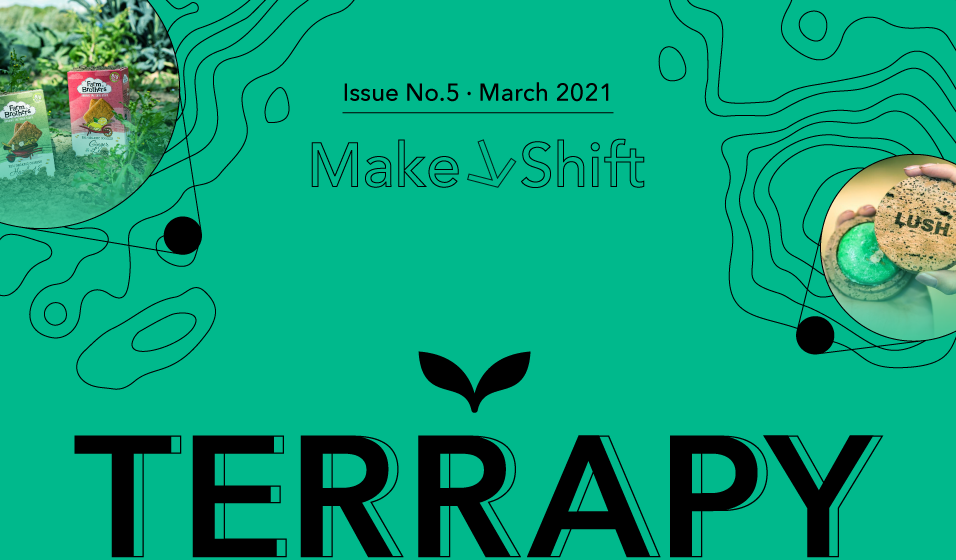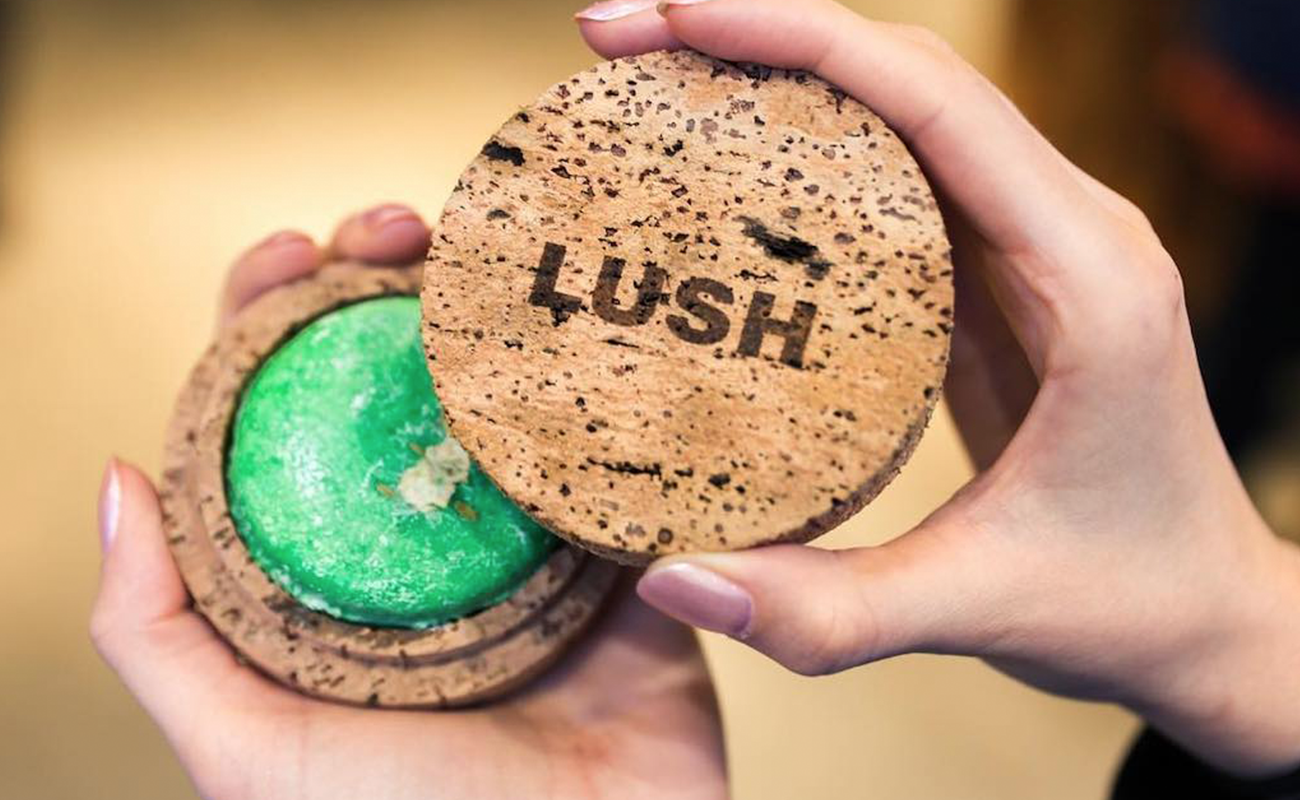SUSTAINABLE TIPPING POINT
Name a brand that hasn’t launched a range of sustainable products: it’s harder than you think. Carbon neutrality? Been there, done that. Plenty of progress has yet to be made, but for a large portion of consumers, sustainability has become a given and has lost some of its aspirational sheen. Which is why regenerative is fast eclipsing sustainable. In a survey of 3,000 consumers in the US, 80% said they preferred ‘regenerative’ as a term, with many of them finding ‘sustainable’ too passive (ReGen, 2020). So: where to start? Look no further than right under your feet — the soil.
SOIL SUFFERING
As we continue to exhaust the earth’s natural resources, it shouldn’t come as a surprise that soil is paying a price. According to WWF, half of the planet’s topsoil has been eroded by unsustainable farming practises over the last 150 years. Losing our topsoil means losing the natural means to grow 95% of our food, which is a daunting reality. While regenerative can be defined in a variety of ways, it comes down to systems that enhance natural resources instead of depleting them. For farming, that means prioritizing soil health by using cover crops and crop rotation, ensuring that grazing is highly managed, and not tilling. It’s all about adopting practices that mimic natural ecological processes, both to revive degraded farmland and to sequester carbon in the soil.
REGENERATIVE GOLDMINE
The benefits of TERRAPY won’t just be felt by the earth, but also by farmers. One study indicated that regenerative agriculture could be 78% more profitable than conventional farming. Whether for profit, purpose or both, large corporates have started getting their hands dirty. Danone, the French food giant, is allocating USD 20 million to help farms across North America implement regenerative practices, while General Mills has committed to one million acres of regenerative agriculture, and luxury group Kering just announced that their new Regenerative Fund for Nature will transform one million hectares to regenerative over the next five years.
Regenerative’s true riches may lie in the capacity to sequester carbon in soil. By adopting regenerative cropping methods, 0.2 to 1.4 tons of carbon can be stored per hectare per year. A recent white paper by the Rodale Institute suggests that we could sequester more than 100% of current annual CO2 emissions if all global cropland and pasture would be managed using regenerative organic farming methods.


















